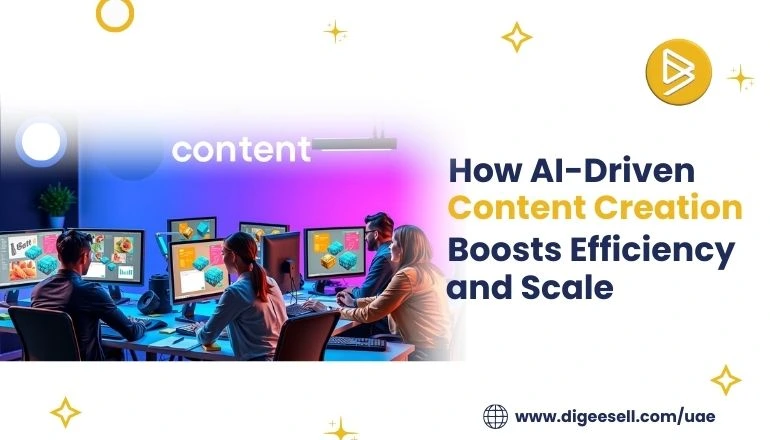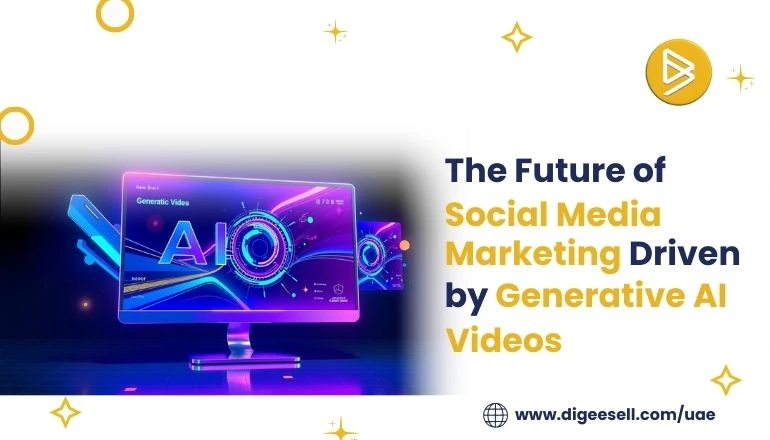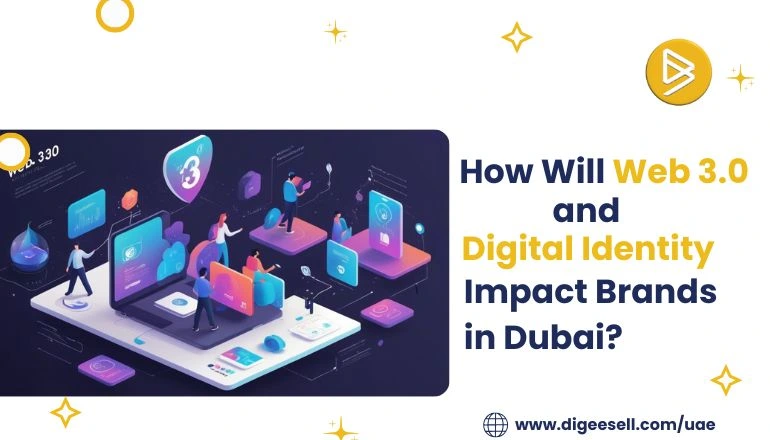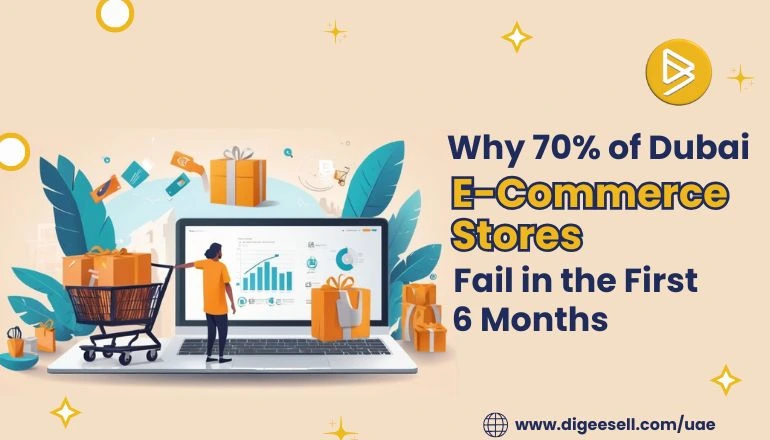How to Maximize Lead Generation Through High-Converting Google Ads

Google ad campaigns are not just about setting a high budget; they are all about building a proper strategy because running ads is easy. But building high-converting Google Ads campaigns for lead generation? That’s an art and a science.
So, whether you're in real estate, healthcare, education, or any service-based business, leads are your lifeline. And Google Ads, when done right, can bring targeted, high-intent traffic to your doorstep.
In this blog, we will help you build, optimize, and scale a lead generation campaign on Google Ads that actually delivers results.
Step 1: Define a Laser-Focused Campaign Goal
Before touching a keyword or setting a budget, define your conversion goal. What action do you want users to take?
- Fill out a contact form
- Book a free consultation
- Request a quote
- Call your business directly
Once your goal is totally clear, you can set up conversion tracking in Google Ads to measure performance. Never launch without tracking.
Step 2: Research & Select Intent-Driven Keywords
Forget vanity keywords. For lead generation, go for high-intent, long-tail keywords that show a person is ready to take action.
Example:
Instead of “dental services,” target “emergency dental clinic near me” or “book dental implant consultation.”
Use tools like:
- Google Keyword Planner
- Ubersuggest
- SEMrush
- Competitor landing pages
Group similar intent keywords in tightly themed ad groups for better Quality Score and ad relevance.
Step 3: Write Compelling, Conversion-Driven Ad Copy
Your ad copy must do 3 things in 30 seconds or less:
- Grab attention
- Build trust
- Offer a strong CTA
Structure example:
Headline: “Free Consultation | Book Trusted Legal Advice Today”
Description: “Over 500+ happy clients. No hidden fees. Limited slots available. Get answers now!”
Use ad extensions to boost visibility:
- Sitelinks (highlight services)
- Callouts (USPs like “24/7 Support”)
- Structured snippets (list offerings)
- Call extension (one-tap calls)
Step 4: Build a Landing Page That Converts
The biggest mistake? Sending ad traffic to your homepage.
Instead, create a dedicated landing page tailored to each campaign. A good landing page should have:
- A clear headline and subheadline
- Benefit-driven copy
- Trust signals (testimonials, badges, Google reviews)
- A single, visible CTA above the fold
- No distractions—remove menu bars or unrelated links
Step 5: Set Up Smart Bidding Strategies
If you’re new, start with Maximize Conversions and switch to Target CPA (Cost per Acquisition) once you’ve gathered enough data.
Avoid going manual unless you have experience. Google’s AI bidding strategies, when combined with conversion tracking, can automatically optimize bids based on likelihood of conversion.
Step 6: Test, Analyze, Repeat
Digital marketing is a living experiment. Always test variations of:
- Ad headlines & descriptions
- CTA button text
- Landing page layouts
- Keyword match types
Run A/B tests and monitor:
- CTR (Click-Through Rate)
- Conversion Rate
- Quality Score
- CPC (Cost per Click)
- CPA (Cost per Acquisition)
Double down on what’s working and kill what’s not.
Step 7: Use Negative Keywords Like a Pro
Not all clicks are good clicks. Block irrelevant or low-converting search terms using negative keywords.
For example:
If you offer premium interior design, block keywords like “free home decor ideas” or “DIY design tips.”
Review your Search Terms Report every week and keep refining.
Step 8: Optimize for Mobile and Speed
Most users will click your ad from their phone. If your landing page:
- Loads slowly
- Has small buttons
- Is not mobile-friendly
...you’re flushing ad budget down the drain.
Use tools like Google PageSpeed Insights or GTMetrix to optimize performance.
Step 9: Track Micro & Macro Conversions
Not every visitor will convert immediately, but they might:
- Download a brochure
- Watch a demo video
- Subscribe to your newsletter
These are micro-conversions—and they help qualify leads over time.
Use Google Tag Manager and Analytics to track these actions. Retarget users who didn’t convert with display or remarketing ads later.
Step 10: Retarget & Nurture Warm Leads
Only a small % of traffic converts on the first visit. Use Remarketing Lists for Search Ads (RLSA) to target users who previously visited your site.
You can also set up:
- Email drip campaigns
- WhatsApp or SMS follow-ups
- Retargeting banners on YouTube or GDN
The more personalized the remarketing, the better the conversion rate.
Final Thoughts: Focus on Funnel, Not Just Clicks
To build high-converting Google Ads campaigns for lead generation, you need more than traffic—you need strategy, psychology, and structure.
Here’s the winning formula:
- Right keywords → Right ad copy → Right landing page→Smart bidding + Ongoing testing = Scalable, high-quality leads
While these tips are useful, achieving real results requires expertise. That's why partnering with an expert digital marketing agency like DigeeSell is important to generate strong leads and conversions for your campaigns in the UAE.






